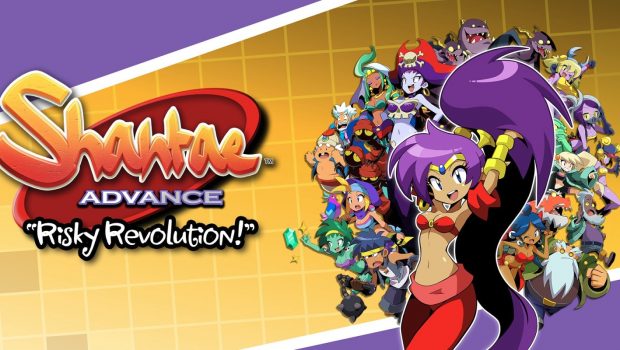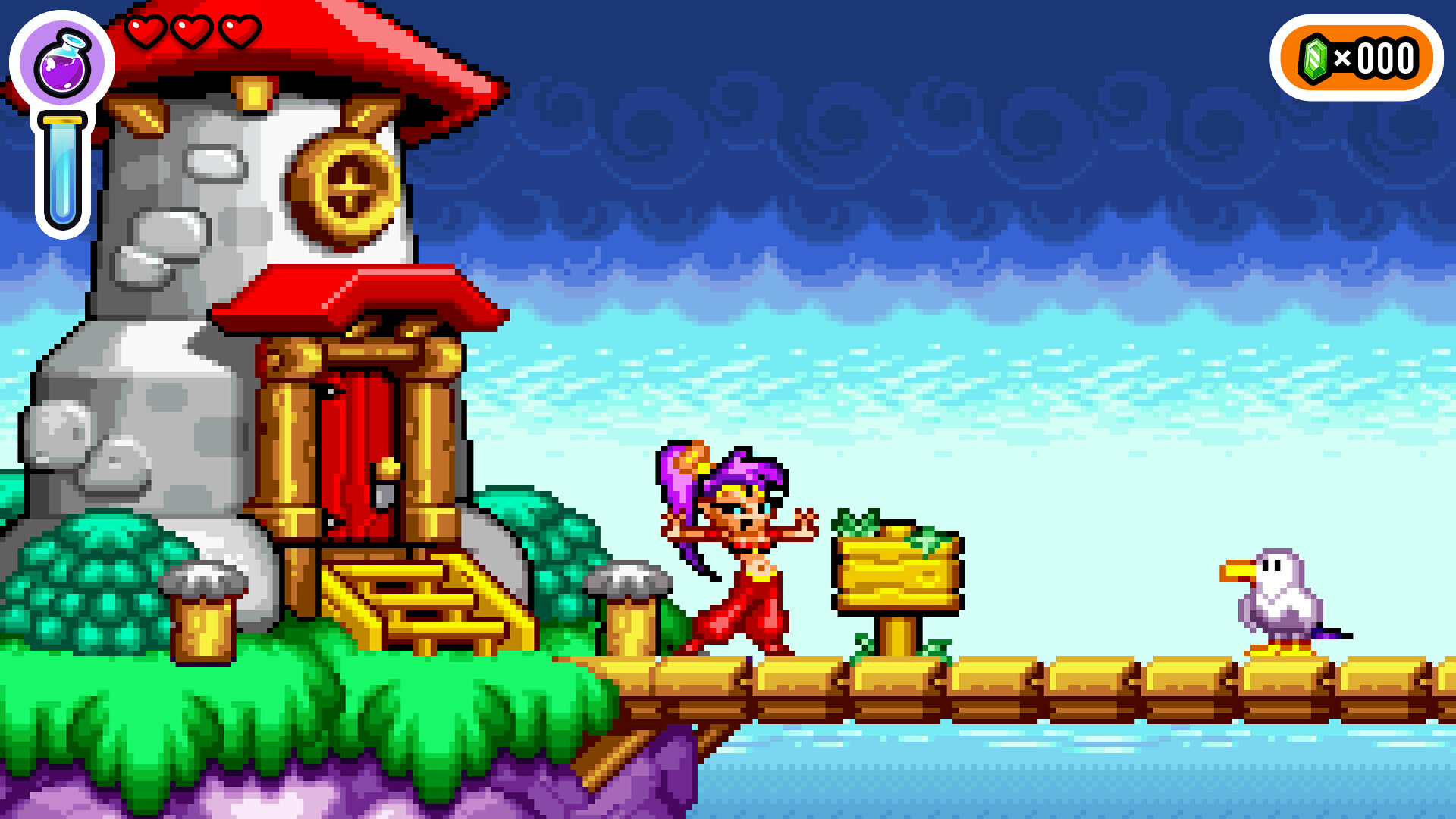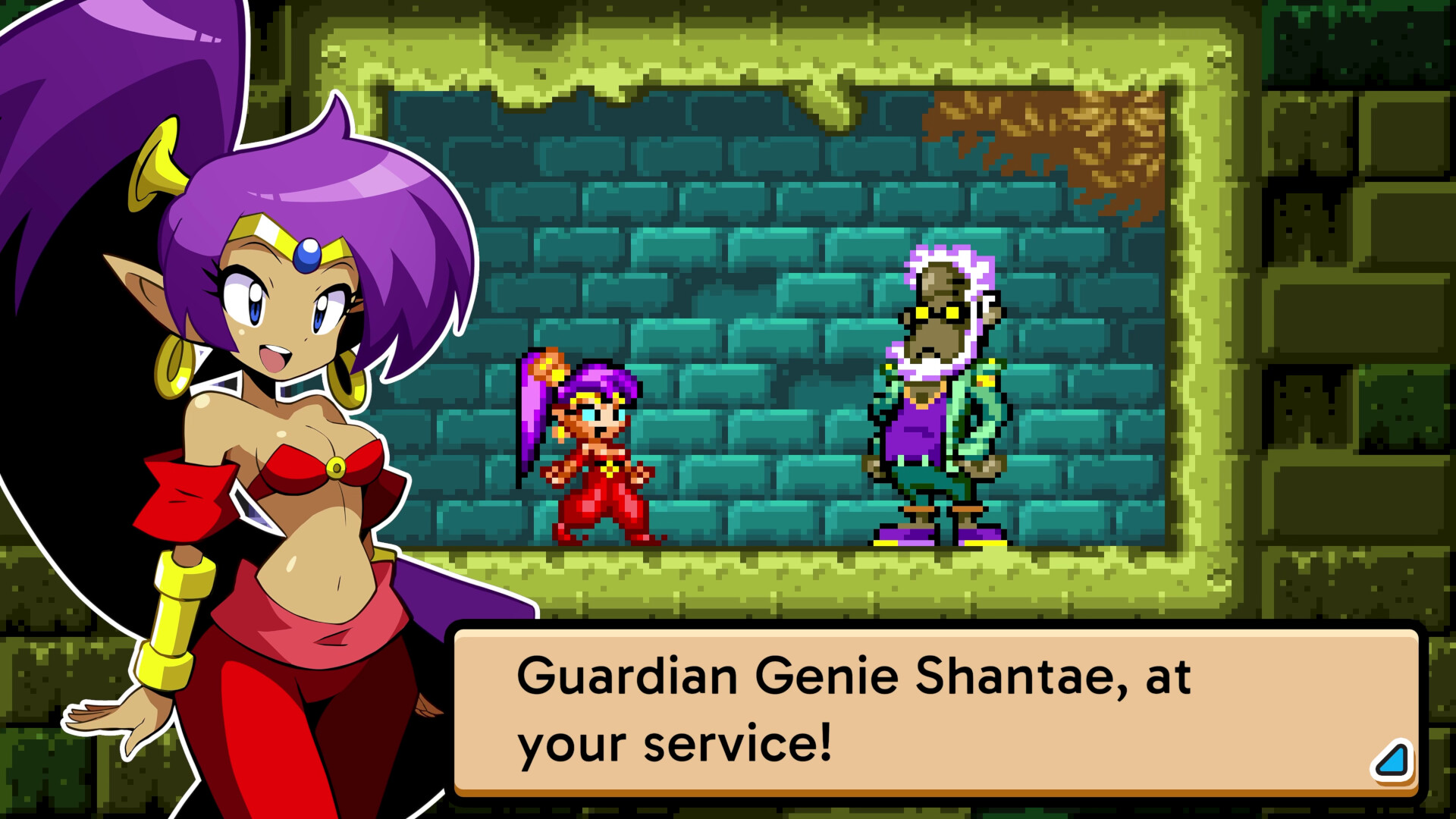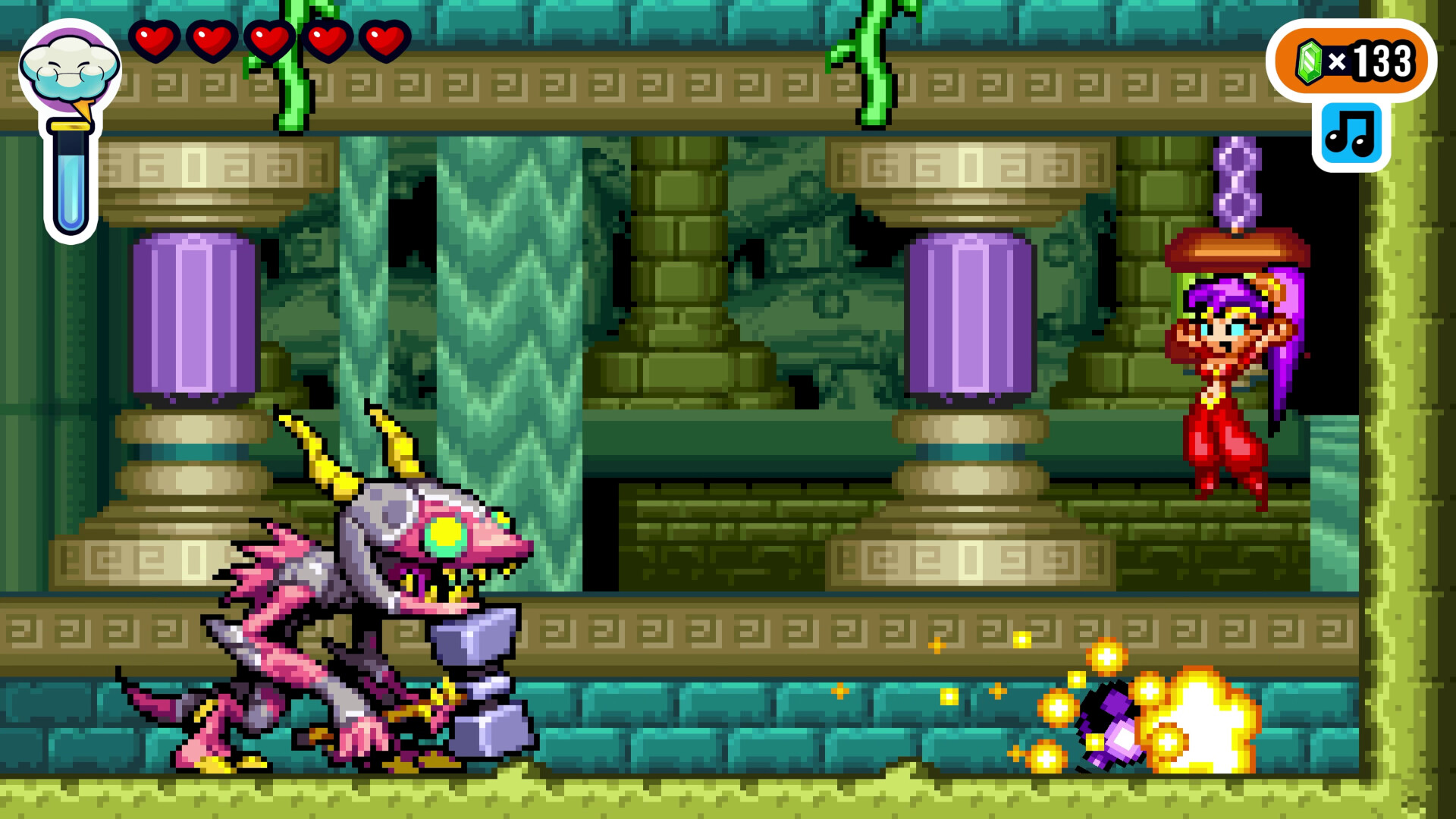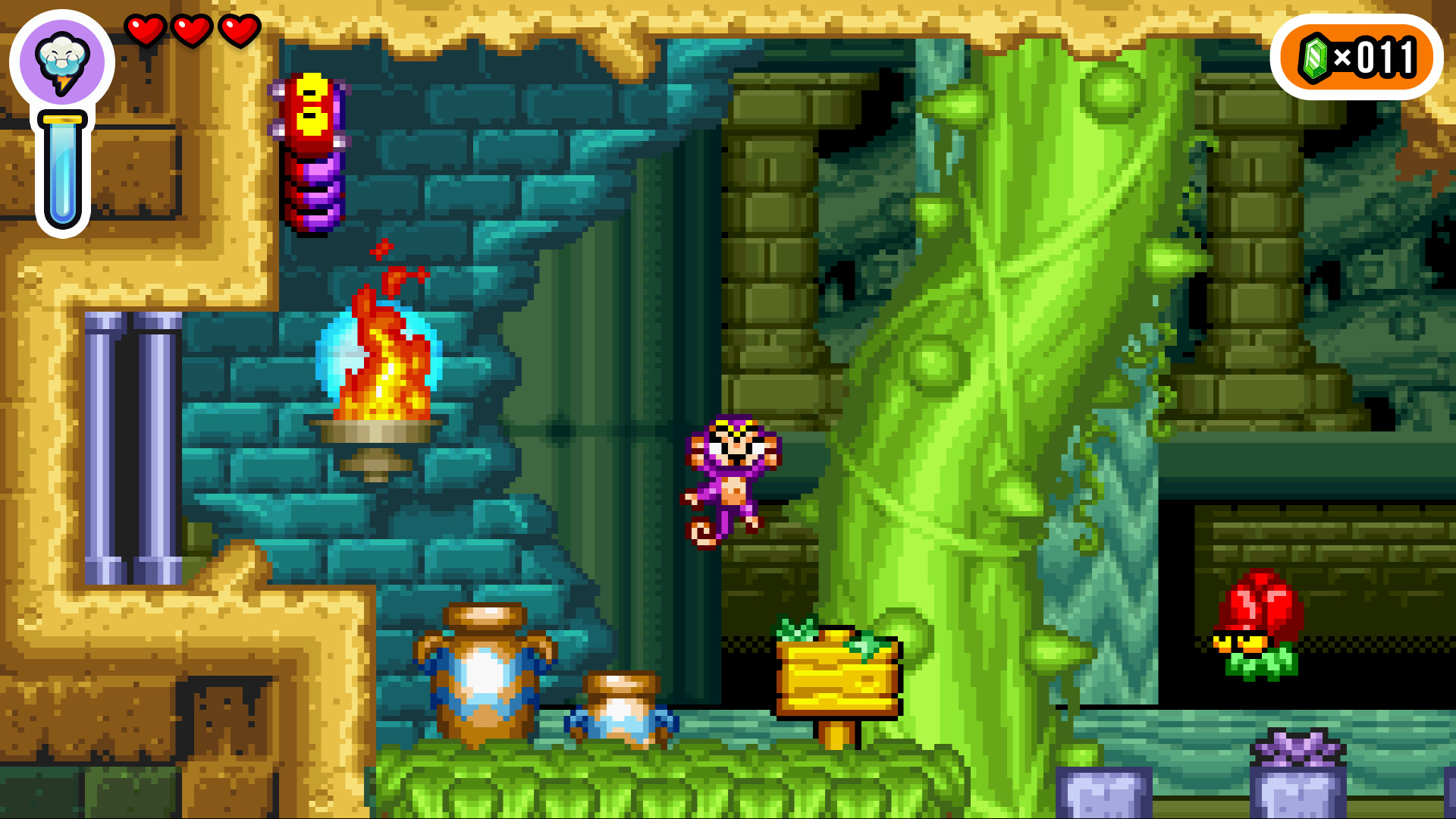Shantae Advance: Risky Revolution (Switch) Review
Summary: A fantastic follow up to the Gameboy Color classic two decades in the making.
4
Missing link
If Shantae Advance: Risky Revolution looks like a port of a GBA game from 20 years ago. That’s because technically it is.
Announced in 2002 as a sequel to the original Shantae, developer Way Forward was forced to shelve Risky Revolution in 2004 after they failed to find a publisher for it.
Skip forward 21 years, and finally, this missing link in the Shantae series has a publisher: Limited Run Games, a GBA release earlier in the year, and now a console with a few bells and whistles to boot.
Set after the events of Shantae, the nefarious Risky Boots returns to cause more havoc for the denizens of Scuttle Town by building an outlandish creation under their feet that lets her rotate the Kings Piller, which shifts the tectonic plates under the seaside resort, allowing her to rearrange Sequin Land as she sees fit, and plunder once landlocked locales.
To reverse the damage done by Risky, over the course of the four- to six-hour adventure, Shantae needs to track down the three Relic Hunters, experts on the geological makeup, and winding tunnels underneath Sequin Land, who can hopefully reverse the damage Risky has caused to the place with her Tremor Engine.
Gameplay is exactly what you’d expect from a Shantae game, playing similarly to 2010’s Risky’s Revenge, with Shantae moving between a front and back layer of each level, while hunting for Hidden Squids, collecting gems, and unlocking new dance transformations and abilities that allow her to delve deeper into dungeons, traverse the environment in new and useful ways, and solve basic puzzles.
The main gimmick for Risky Revolution, though, is Shanta’s ability to rotate the landscape using Tremor Engines. Much like Hexen, changes in one level can have a cascading effect in another. For example, using the Tremor engine in Scuttle Town stops the flooding in Mining Town, opening up new areas and rewards.
It’s all very clever stuff, but occasionally you can get a little lost as it’s not always clear where you need to go next. However, most of the time, if you’re handed a map (which allows you to fly to a new area). That’s probably your next destination.
Though returning to earlier areas once you’ve gained new transformations is advised, since you’ll inevitably be able to reach previously inaccessible areas with useful power-ups that extend your health or grant new abilities.
You’ll also want to visit Rottytops regularly, as she’ll sell you a range of magical weapons and items that improve your basic attacks and grant you some neat magical abilities like being able to suck up more loot and doubling your attacks.
The cast of Shantae remains one of its strongest elements, and all of the denizens of Sequin Land are likable. Even Risky, though diabolical, is in the very least entertaining.
The writing is on point, and the stakes ratchet up at a nice, steady pace throughout the course of the game.
Each main dungeon is capped off with a boss battle against the nefarious Mucklords; each is a challenging, but fun affair, and is a great test of the powers and abilities Shantae’s earned in the adventure.
The presentation is delightful, regardless of whether you play it in Classic Mode, which presents the game in all its original GBA-style glory, or Story Mode, which replaces the UI, character renders, and storyboards with HD renders that are more in line with the later games in the series.
It’s a Wayforward game, so what did you expect? The world of Sequin Land and its inhabitants are bright, colourful, expertly animated, and brimming with personality.
There’s a slightly flirtatious playfulness to the proceedings that fits the action platforming and script perfectly, which extends to the soundtrack that had me bopping along as Shantae explored the ever-expanding world.
I spent most of my playtime working through it in Story mode, because the HD cutscenes were gorgeous, though admittedly Classic mode does feel more authentic and like you’re playing a piece of lost media (because you are, kind of).
Ultimately, though, it’s a matter of preference as both play identically. Part of me wishes that Story mode presented the whole game in HD (though I know it would have been a ton of work to do this), or at the very least, players were given the ability to switch between the GBA and HD UI and Storyboards on the fly.
Instead, the GBA and modern visuals are kept completely separate from each other and don’t even use the same save data.
Speaking of saving, the one gripe I have with Risky Revolution is the save system. There are no checkpoints and no autosaving. Instead, you need to find save points strewn throughout each of the levels (you can also save when moving from one region to another). If you die in the interim, it’s game over, and you have to load up your last save. This is all well and good on the GBA. Where there are obvious hardware limitations. But on modern hardware, losing half an hour’s progress if you forget to save is just tedious. (Especially since the game crashed a couple of times during my playthrough.)
Final Thoughts
Shantae Advance: Risky Revolution is a bright and bombastic action platformer, with great boss battles, clever puzzles, and a charming cast that had me chuckling throughout.
If you’re a fan of the series already, it is no doubt already on your wishlist or downloaded on your console of choice. If you’re not, it’s a great entry point and another welcome addition to this superb series.


